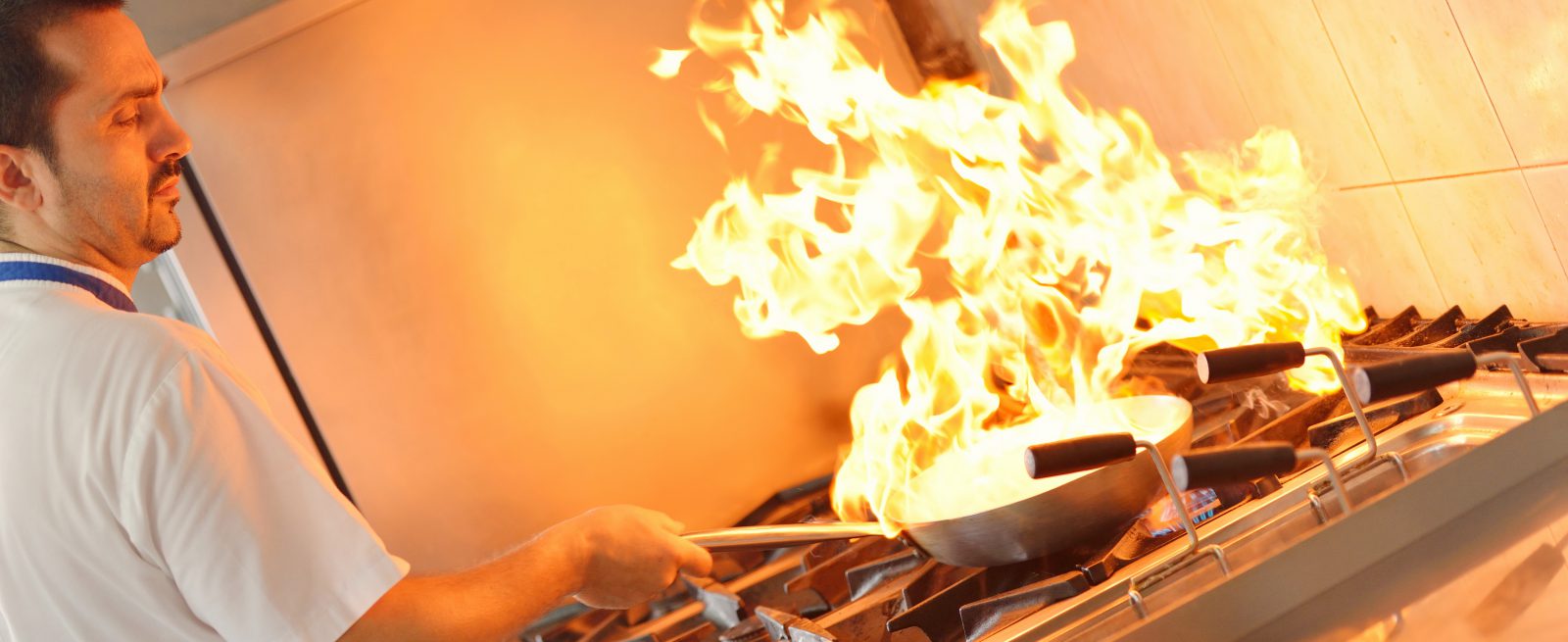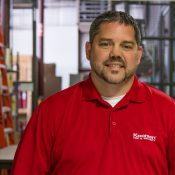Increasing Commercial Cooking Fire Protection Through Hands-On Employee Training
3 Min Read By Billy Findley
Keeping a restaurant compliant with National Fire Protection Association regulations and guidelines is a never-ending task. Recent changes to NFPA 96, the standard for ventilation control and fire protection of commercial cooking operations, require more of restaurant owners when it comes to training staff on the operation of fire suppression systems and fire extinguishers.
Under the new guidelines, all new hires need to be trained once onboarded, and all existing staff has to have continuing education on the importance of fire safety in commercial cooking once per year. All training should be document in written form, and easily accessible for review by the fire marshal. As you’re designing an updated employee training course, don’t forget to ask yourself these questions:
How can you create an emergency action plan, and easily educate your employees on its importance?
An emergency action plan is a vital resource to any type of business, but is particularly imperative for those working in the restaurant industry. To ensure the safety and security of your staff, your action plan should include the following items:
- A standard procedure for reporting emergencies, especially fires
- A clear and concise evacuation policy
- A list of emergency escape procedures, with pre-assigned routes
- In case of emergency contact information for emergency services, and all employees
- Step-by-step instructions for employees designated to operate fire extinguishers and/or fire suppression systems
Onboarding a new employee is the best time to educate any staff member on potential fire hazards, and how to respond in a fire emergency. After the onboarding process is complete, it’s crucial to schedule regular training to keep your staff knowledgeable in case of emergency. Once you have your emergency action plan in place, post clear diagrams of the building with all emergency exits marked. Lastly, don’t forget to provide your employees with a marked meeting destination outside of the building.
How can you efficiently train each of your employees to operate a fire extinguisher?
As mandated by OSHA, all employers that provide portable fire extinguishers for use by employees must also provide proper fire extinguisher training. Which makes sense, because fire protection equipment only works well when used properly. Smart employers know that fire extinguishers are only effective when his or her employees actually know how to use them and have experienced hands-on fire extinguisher training. Unfortunately, this type of training is very rare in the restaurant industry, which is ironic as this industry falls victim to fires more frequently than almost all other industries.
To avoid this potentially dangerous situation, it is good practice to give all employees within your organization basic training on the operation of fire protection equipment. In a commercial cooking environment, line cooks often times work in shifts, trading out for a lunch or dinner service, which means that the group of employees working during any given shift is almost always different. Because of this, it can be beneficial for restaurant owners to include fire extinguisher training for all employees within the company.
What potential fire risks do my employees need to be aware of?
In a commercial cooking environment, the most dangerous piece of equipment is the range hood. The hood itself, which is most often constructed of stainless steel, is not flammable. The grease oftentimes contained within the hood unit itself though, is extremely flammable.
In a gas-driven fire emergency, the kitchen’s fire suppression system will go off and kill the source immediately, which will cut all the fuel powering the cooking equipment, effectively extinguishing the fire. If the flame of that fire catches onto grease in a hood, an average fire suppression system won’t be able to keep up, as they are not designed to extinguish large amounts of grease.
The key to avoiding this type of a fire is a strict hood cleaning regimen. While most commercial kitchens hire out for this job, it’s imperative to make sure your equipment is being cleaned properly. Just because everything from the filters forward looks clean doesn’t mean you’re in the clear. Restaurant owners need to take out the filters and look to make sure the exhaust duct to the roof and the exhaust fan is being cleaned. This can be a huge liability for all restaurants, and a major risk.
Knowing every regulation and requirement for your commercial cooking operation can be a challenge. Professional, customized fire solutions can keep your restaurant compliant with local and national regulations by providing service and inspection of all life safety equipment. All restaurant facility managers should consider investing in fire safety solutions a top priority.


